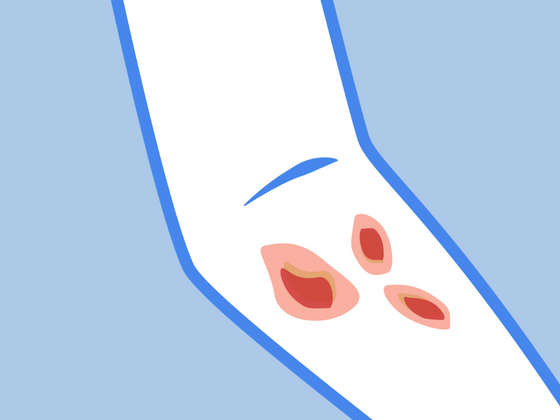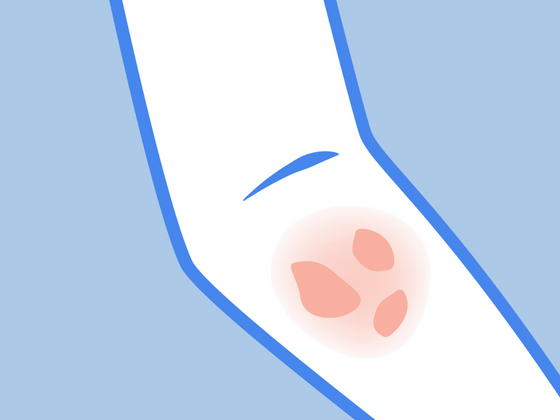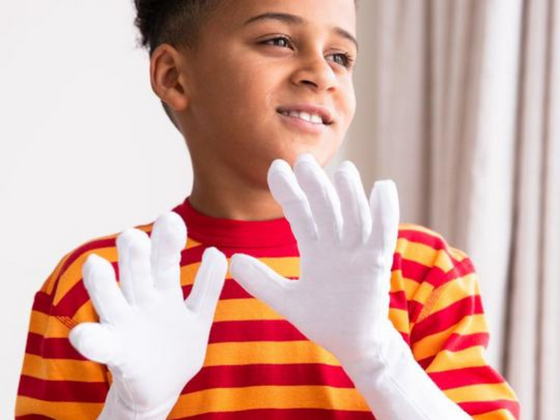Are you suffering from contact dermatitis on your hands? This is a type of eczema that results from contact with a particular substance. It usually appears as a red, itchy rash. While it isn’t contagious, it can definitely be uncomfortable. In this blog post, we’ll go over how to heal contact dermatitis on hands naturally.
Please keep in mind that although what we discuss in this post can relieve eczema, we are in no way medical professionals. If you’re experiencing severe eczema symptoms like an infection, it is best to seek medical advice immediately.
What Causes Contact Dermatitis?
If you’ve ever used a new product and experienced a negative reaction, you’ve likely suffered from contact dermatitis. This is a type of eczema that is triggered when the skin is exposed to an irritant or allergen that causes a bad reaction. An irritant is a substance that directly damages the outer layer of skin. An allergen is a substance that causes the immune system to fight back in a way that affects the skin.
Irritant Contact Dermatitis
This is the most common type of contact dermatitis. It occurs when the skin comes into contact with materials it finds toxic.People who work in jobs whose hands are frequently exposed to water or chemicals are more likely to suffer from contact dermatitis on hands. These include chefs, nurses, hairdressers, cleaners, construction workers, machine operators, and mechanics.
Common irritants include:
- Soaps and detergent for sensitive skin
- Bleach
- Perfumes and preservatives in cosmetics
- Oil used in machines
- Water - especially chlorinated water
- Powder, dust, and soil
Allergic Contact Dermatitis
Allergic contact dermatitis is an allergic reaction that results when the skin is exposed to a foreign substance. The immune system reacts by releasing inflammatory chemicals which causes the skin to become red, itchy, and irritated.
Common allergens include:
- Latex gloves
- Jewelry made from nickel
- Body washes
- Nail polish
Symptoms of Contact Dermatitis on Hands
If you suffer from either irritant contact dermatitis or allergic contact dermatitis, you may notice some or all of the following symptoms:
- A red rash
- Hives
- Dryness
- Cracked or scaly skin
- Intense itching
- Burning or tenderness
- Blisters that may ooze or crust
Natural Contact Dermatitis on Hands Treatment
The best way to prevent contact dermatitis on hands is to avoid the irritant or allergen that is causing the reaction. However, we understand that it can often be difficult to determine which substance is triggering the flare up. Here are some of our recommendations for managing symptoms of contact dermatitis on hands:
Use a natural soap
Many soaps contain chemicals or toxins that can strip the skin of its natural oils and further dry it out. That's why we recommend using an eczema soap such as this Coconut and Sunflower Oil Soap Bar. Made for even the most sensitive skin, it’s sure to clean the skin without causing further irritation.
Protect your hands
To protect your hands from coming into contact with triggers at work or while cleaning around the house, we suggest wearing protective gloves made from skin-friendly material. These Remedywear gloves for adults and kids are made with eco-friendly TENCEL and embedded with anti-inflammatory zinc oxide. They’re especially great for wearing underneath gloves if you have a latex or nitrile sensitivity.
Moisturize often
To replenish lost moisture and to keep your hands from being dry and itchy, we recommend you moisturize your hands often. Of course, you want to use a natural eczema cream like this Nourish + Hydrate Manuka Balm.
References
https://www.nhs.uk/conditions/contact-dermatitis/
https://www.healthline.com/health/contact-dermatitis
https://www.mayoclinic.org/diseases-conditions/contact-dermatitis/symptoms-causes/syc-20352742








